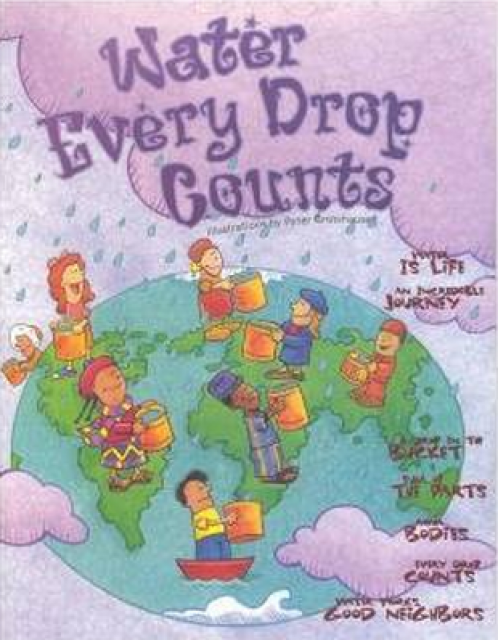Water Use: Virtual Water
People use water for direct and indirect purposes. Direct purposes include bathing, drinking and cooking. In most developed countries, urban water users are connected to water through their municipal water delivery system and their home plumbing system. People turn on the tap, water comes out and they use it. Indirect water (also called “virtual water”) use refers to the water used to produce the goods and services others need and enjoy.
For example, think about the water needed to make a box of cereal so you can enjoy a bowl of corn flakes? The flakes are crispy and dry, so they may wonder how water is involved at all. To grow, manufacture and package food products such as corn flakes takes a huge amount of water. The corn was almost certainly irrigated while it was being grown, and the factory that manufactures the flakes used water in almost every step of the process, from cleaning the corn before the manufacturing process started to rinsing away what was left behind. Even the paper box that holds the flakes required large quantities of water to produce.
How much water does it take to make an avocado: 43 gallons
A gallon of orange juice: 272.2 gallons
A 200gm bag of potato chips: 48.9 gallons
A pair of jeans: 2,866 gallons
A pound of beef: 1,581 gallons
A cheeseburger (1/3 pound beef patty, I slice of cheese, slice of tomato, a lettuce leaf, and bun): 698.5 gallons
A pound of pork sausage: 1,176.7 gallons
A pound of butter: 3,602.3 gallons
One large egg: 22.8 gallons
One pound of rice: 200 gallons
Figures obtained from The Green Blue Book: The Simple Water Savings Guide to Everything in Your Life by Thomas M. Kostigen









